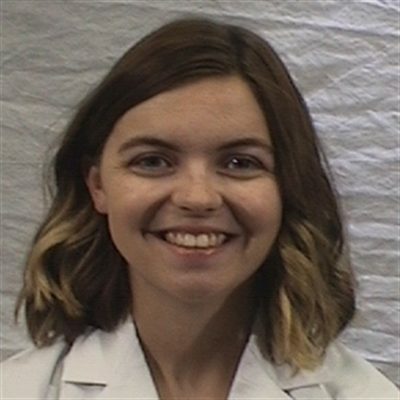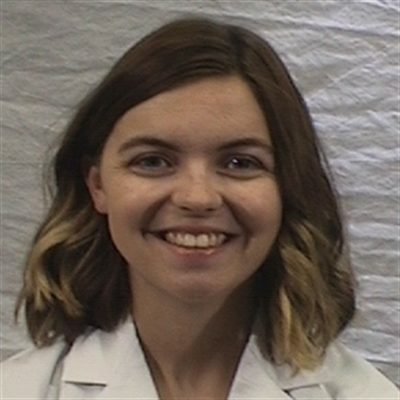Some families pass down recipes, others pass down neurological disorders. On my maternal grandmother’s side, approximately 50% of people in the last five generations have been diagnosed with Parkinson’s Disease and/or a similar, but more rare and mild disease called Essential Tremors.
When I got the call, I wasn’t surprised. On the other line was my grandmother—terrified after receiving the news that her Essential Tremors had now become Parkinson’s Disease. In her almost 70 years on Earth, she watched as her family became debilitated by this disease. She was scared. Fortunately, from my experience in the Doctor of Physical Therapy (DPT) program, I was able to provide reassurance that her experience with Parkinson’s Disease will be very different from what she watched her aunts, uncles, and grandparents experience.
What is Parkinson’s Disease (PD)?
Parkinson’s Disease is a neurodegenerative disorder that occurs due to a lack of a neurotransmitter called dopamine—a chemical in our body that talks to our brain cells—that specifically affects the area of our brain that tells our body to “go” when getting ready to purposefully move. People with PD can have motor symptoms, such as slow movements, tremors, freezing of gait, and balance issues; they can also have non-motor symptoms, like speech impairments, anxiety, depression, and loss of taste or smell. While symptoms vary in each person, most will present with instability and speech difficulties.
What causes PD and who is affected?
There is currently no known cause of Parkinson’s Disease. It is likely to be caused by an interaction of genetics and environmental factors. Only around 15% of people with Parkinson’s disease have a family history of PD, making my family history of PD an odd one.
One million people have PD in the United States, with 60,000 being diagnosed each year. Most patients are diagnosed later in life, but 4% of patients are diagnosed under the age of 50. Men are more likely to be diagnosed than women.
What is the treatment? Is there a cure?
There is not currently a cure for PD, but there are many ways to treat the symptoms and to slow progression of the disease. Common treatments include medication, deep brain stimulation, and physical therapy.
Physical therapy for Parkinson’s Disease
Individuals with PD are encouraged to take a preventative approach early on in disease progression. Using this prevention approach, physical therapists can provide interventions to help these individuals with their early symptoms, such as walking difficulty and balance. It is vital for individuals with Parkinson’s to establish a relationship with a physical therapist and continue getting individualized services for therapeutic exercise and assistance with functional activity as their symptoms progress. Since the disease is progressive, it is recommended that these individuals go through physical therapy for maintenance of their current function and strength and to assist with any changes that have happened in the last couple of months.
Through exercise training and education, physical therapy can reduce fall risk, reduce likelihood of attaining secondary conditions (cardiovascular disease, diabetes, etc.), improve quality of life, slow disease progression and improve function to perform daily activities and recreation.
Physical therapists also help patients make changes in their life to better support their needs and what they want to do. They can advise patients on what equipment to buy to make their symptoms more manageable and their activities of daily living easier.
Aerobic exercise for PD
Research has shown that aerobic exercise can reduce symptoms and slow disease progression. These activities provide benefits at a specific intensity, which physical therapists can help persons with PD perform safely. Boxing classes, dance classes, and tai chi are other popular ways to assist those with PD by challenging timing, coordination, balance, and rhythm. Most of all, persons with PD should find a form of physical activity that they enjoy and can make a part of their routine.
After explaining all of this to my grandmother, I reminded her of this: We are learning more about Parkinson’s Disease every day and so much has changed since her older family members experienced the disease. With proper management and physical activity, it’s possible to have a good quality of life.
If you have Parkinson’s Disease, need more information, or simply want guidance on how to live a more active lifestyle, the Des Moines University Physical Therapy Clinic can help. Visit our website, join one of our group exercise classes or call 515-271-1717 to schedule your appointment today.


